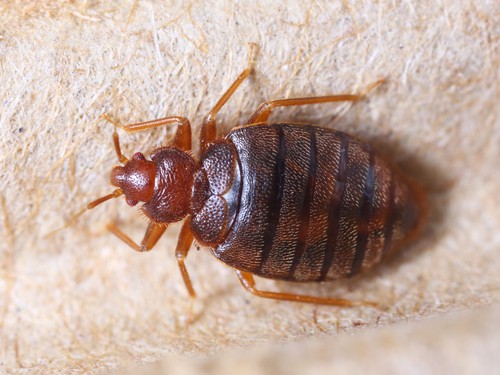
A recent study showed that bed bugs emit substantial amounts of histamine that persists even after the bed bugs are eliminated. The study found that histamine levels in bedbug-infested homes were at least 20 times higher than homes with no history of bed bugs. High levels of histamine are in bed bug feces—they use the substance to mark good places to aggregate, near where sleeping humans are, their preferred food.
In humans, histamine is part of our natural immune system. But it can cause inflammation and respiratory problems, and allergies when inhaled, plus rashes when it contacts our skin. Histamine persists a long time—the researchers discovered high levels of histamine in homes even three months after the bedbugs had been eliminated. In future tests, they will look at if histamine levels decrease after both the bed bugs are eliminated, and rigorous cleaning that removes household dust.
Bed bugs have always been thought of as primarily a nuisance pest rather than a medically important pest, but this study supports further evidence that these pests can be both.





